
The painting “Persistence of Memory,” written by the great Spanish surrealist Salvador Dali in 1931, is different, as well as many other works, a special style and deep subtext, which is filled with a variety of incredible value.
“The Persistence of Memory” – one of the most famous and reproduced works of Salvador Dali. Because of this, the picture has acquired many folk names: “Viewing Time”, “Running time”, “Soft Watches”, “Memory hardness”, “Persistence of Memory” – some of the alternative title of this work.
This work from the time of its writing, and to this day has become a symbol of the volatility and fragility of time and space. The theory of relativity formulated by Einstein, in a special way to mix in the brain of the artist with the observations of melted cheese, was the idea that prompted Dali write this masterpiece.
The painting “The Persistence of Memory” shows the typical Dali tranquil landscape with a small number of parts, which became the backdrop for the hours that slowly melt and flow, like the heat. This contrast linearity of the flow of time and images bent and strung hours create a special semantic riddle of the paintings. The only solid hours, in this picture, lie down and dial swarming ants – a symbol of decay and degradation in the works of Dali.
Almost all his paintings Salvador Dali to write in his diary, but the painting “Soft Watches”, researchers have not found a word. Hence the existence of multiple versions of a variety of the meaning of the paintings. Perhaps one of the most original version, the artist is the image of his fear of male impotence as soft and shapeless objects.
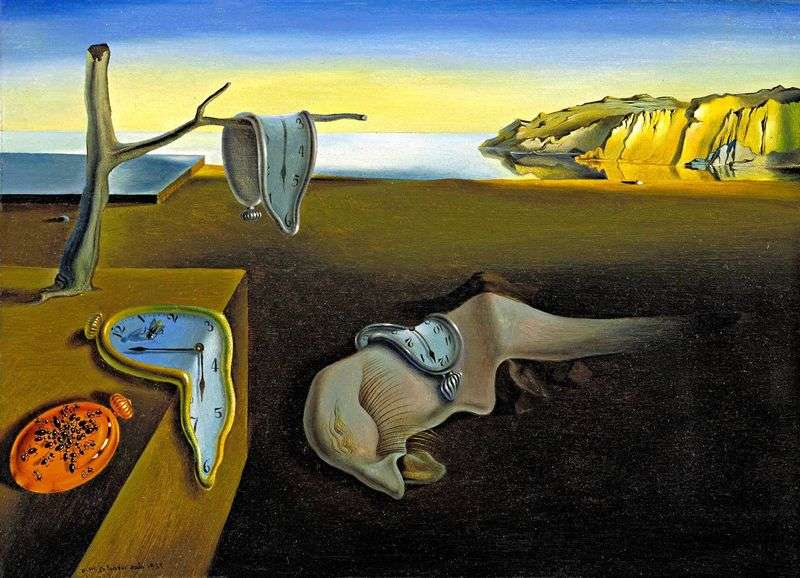 Consistency of memory by Salvador Dali
Consistency of memory by Salvador Dali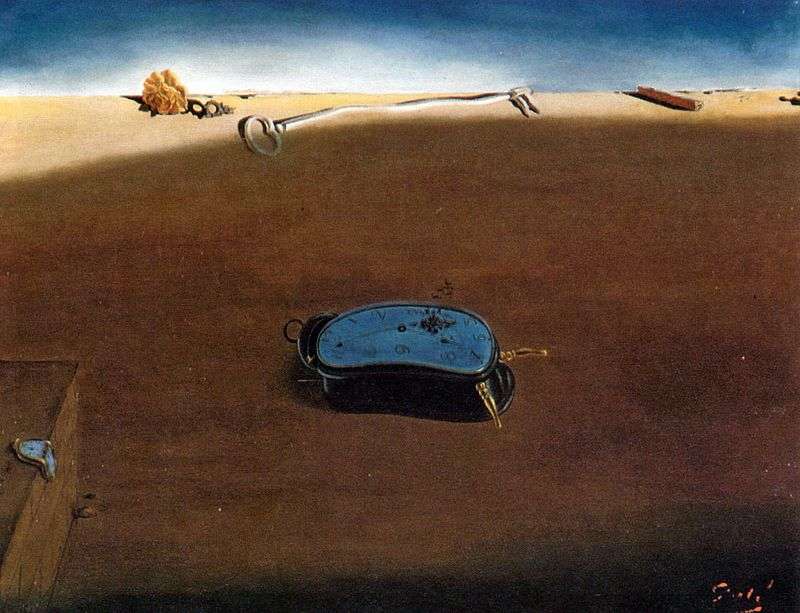 Soft watches by Salvador Dali
Soft watches by Salvador Dali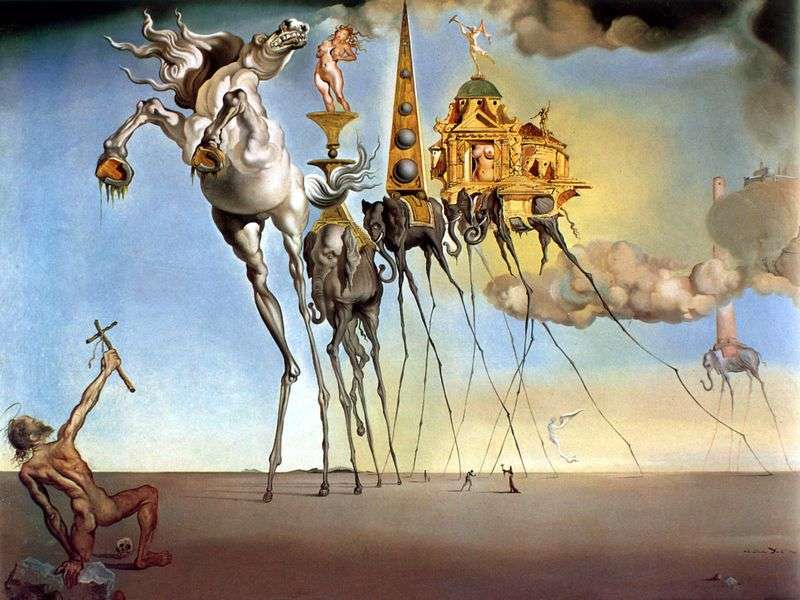 The Temptation of Saint Anthony by Salvador Dali
The Temptation of Saint Anthony by Salvador Dali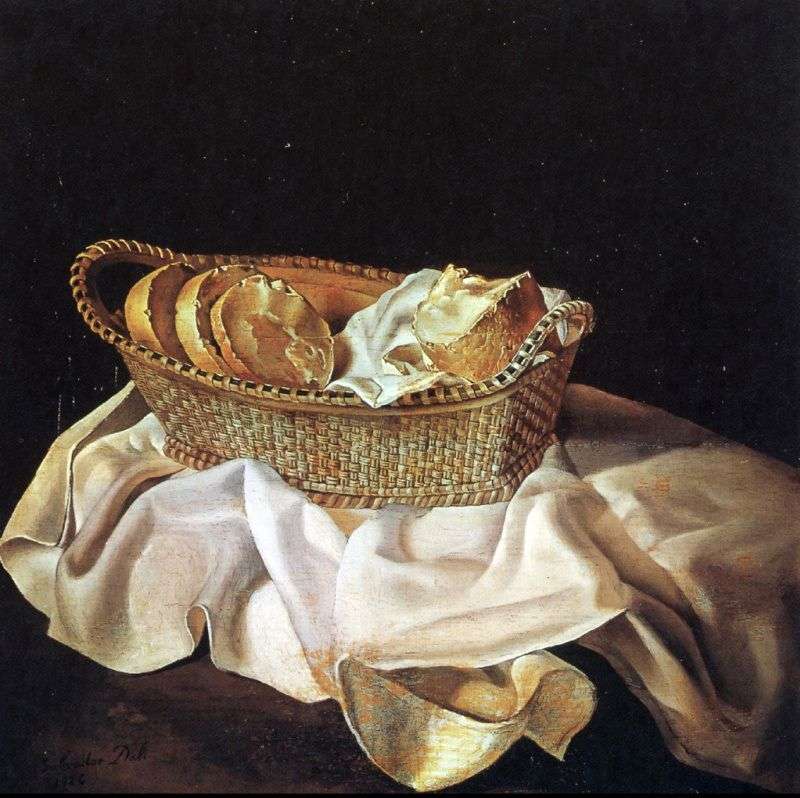 Basket with bread by Salvador Dali
Basket with bread by Salvador Dali Giraffe in the fire by Salvador Dali
Giraffe in the fire by Salvador Dali Portrait of Jose Torres by Salvador Dali
Portrait of Jose Torres by Salvador Dali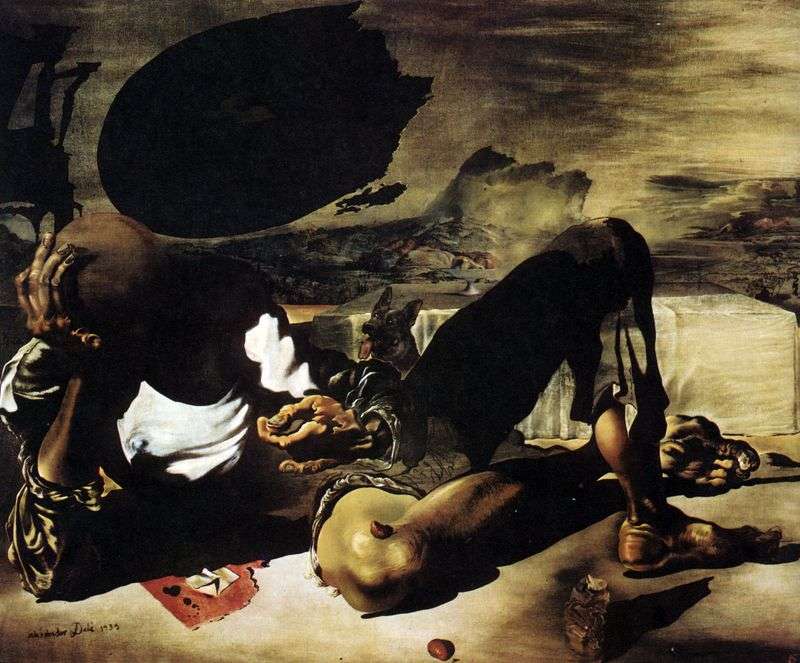 A philosopher illuminated by the moon and a defective sun by Salvador Dali
A philosopher illuminated by the moon and a defective sun by Salvador Dali A rider named Death by Salvador Dali
A rider named Death by Salvador Dali